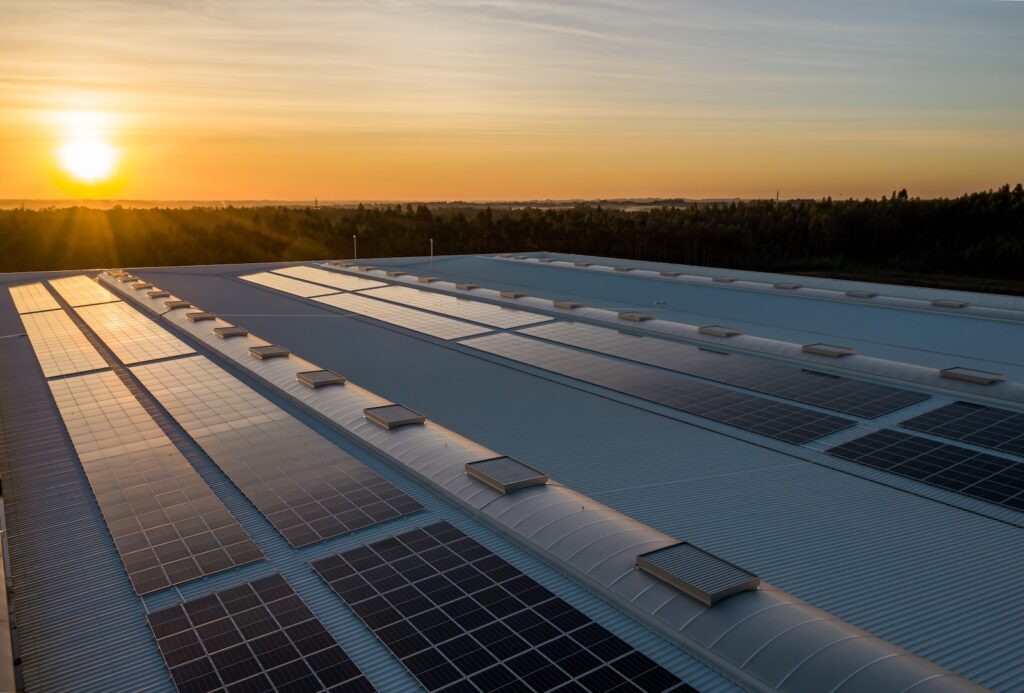All eyes were on COP27 as delegates entered Energy Day, a day dedicated to discussions on energy and the transiton to renewables, something which is vital if the ‘implementation summit’ is going to be a success.
The energy sector accounts for around two thirds of the world’s carbon emissions and is accountable for a large proportion of the world’s air pollution harming health and causing premature deaths.
Renewable energy sources are currently responsible for 29% of global electricity production according to the International Renewable Agency. As energy consumption around the world grows year on year and the fossil fuel industry continues to expand, this means carbon emissions coming from the generation of power are continuing to rise.
‘By 2030, we need to reduce emissions by between 30 to 45%,’ said UN Environmental Programme head Inger Andersen at an event in Sharm El Sheikh. ‘But,’ he added, ‘since COP26 we’ve shaved off 1%.’
To ensure developing economies, such as those in the G20 and G77 groups of nations grow sustainably, it’s agreed that big strides need to be taken to invest in alternative energy sources. However, fossil fuel companies have more lobbyists at COP than ever before and many commitments to decarbonisation are reliant on untried technologies.

A Russian-hosted event on the eve of ‘energy day’ was most noteworthy for its failure to even mention fossil fuel production in the country. Russia is the second-largest producer of oil and gas in the world.
As the dirtiest fossil fuel, it’s the reduction in the use of coal which the IPCC sees as the most pressing issue on the negotiating table both at COP27 and the concurrent G20 summit in Bali. A new report by the International Energy Agency says coal use needs to peak this decade before declining by 90% by 2050 to meet internationally-agreed targets and limit global warming to a rise of 1.5°C above pre-industrial levels.
That ambition looks far off at present, especially with China pushing for continued coal use at the summits. However, G20 members Indonesia and South Africa are to receive $500 million each to replace their coal-fired power stations with green alternatives. The countries are some of the world’s biggest emitters of greenhouse gases.
The money was announced before the start of COP27 and will be funded by the Accelerating Coal Transition programme of Climate Investment Funds, which has supported 370 projects in more than 70 countries since 2008. The funding will reduce South Africa’s emissions by the equivalent of 71 million tons of carbon dioxide, or getting 14 million petrol cars off its roads. It’s part of $8.5 billion sought by South Africa as part of the Just Energy Transition Partnership, a coalition of countries including the US, UK, EU and Japan.
Indonesia is set to receive an additional $15-20 billion from the same group to wean its economy off coal much more quickly then would otherwise be possible. It’s estimated that southeast Asia’s largest economy would need $600 billion to phase out coal completely.
The rise in oil and gas prices resulting from the Russian invasion of Ukraine has also led nations to reconsider their energy mixes and turn away from importing fossil fuels in favour of homegrown renewables such as wind, wave and solar power.
Mexico, another G20 nation, has its own oil and gas reserves but has upped its commitment to reduce carbon emissions from 22% to 35% by 2030. Mexican Foreign Secretary Marcelo Ebrard made the announcement updating his country’s ‘national determined contribution’ or NDC beside US Special Presidential Envoy for Climate John Kerry on November 12 following ‘decarbonisation day.’
Much of the reduction will come from a solar farm in the Sonoran Desert, Ebrard said, while a drop in methane emissions from oil and gas fields will also be required. Several other countries including Turkey are thought to be announcing updates to their NDCs in the coming days, in an acceleration of efforts to meet climate targets made in Paris in 2015.
Photo by Nuno Marques












